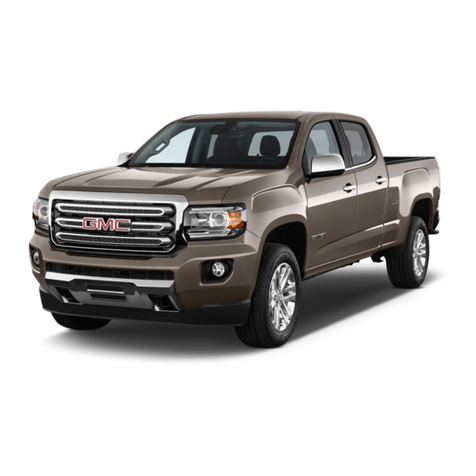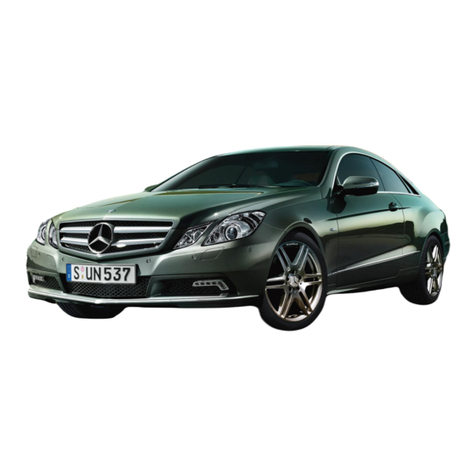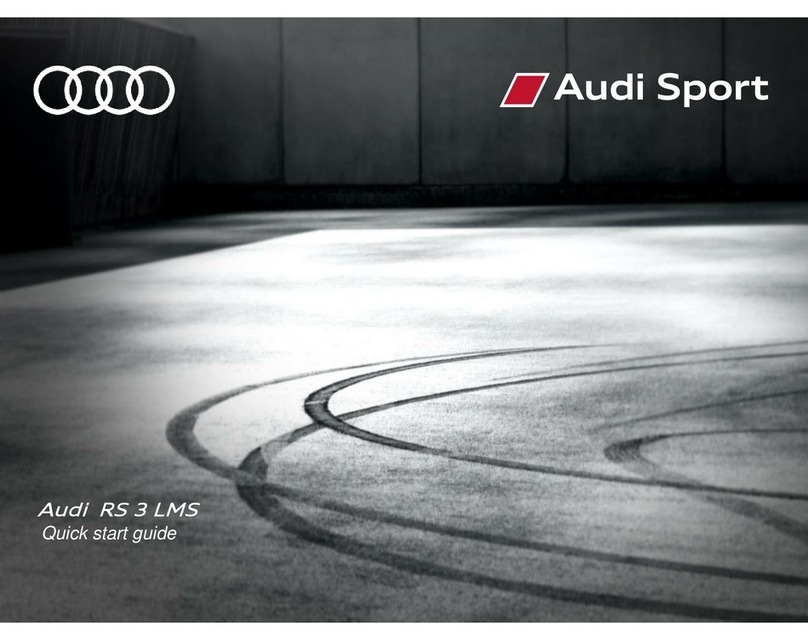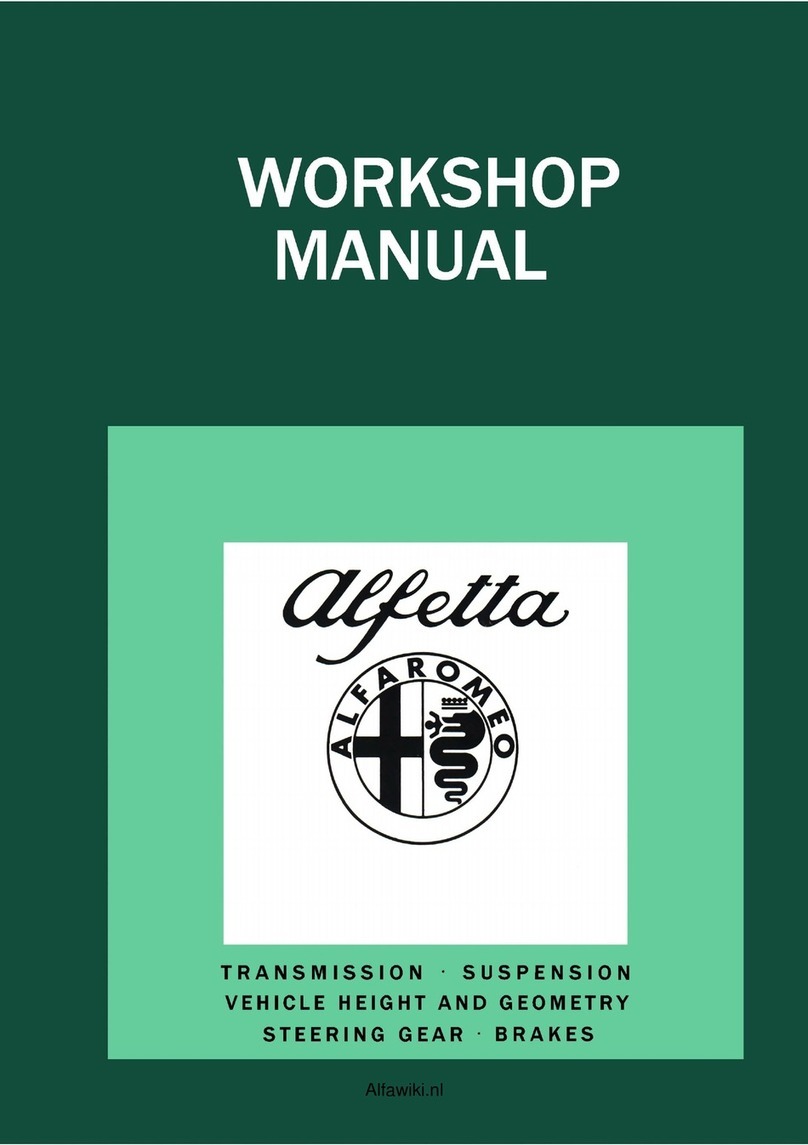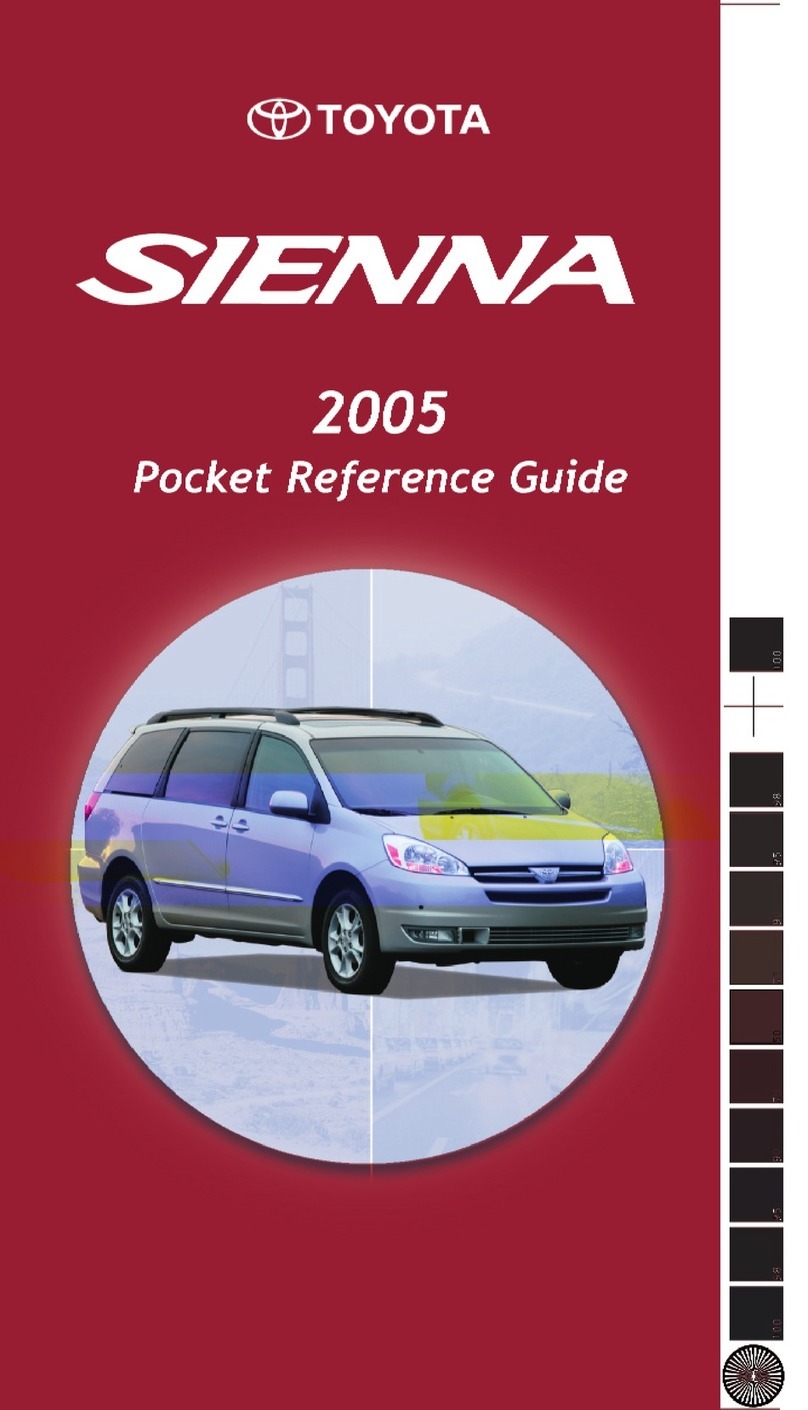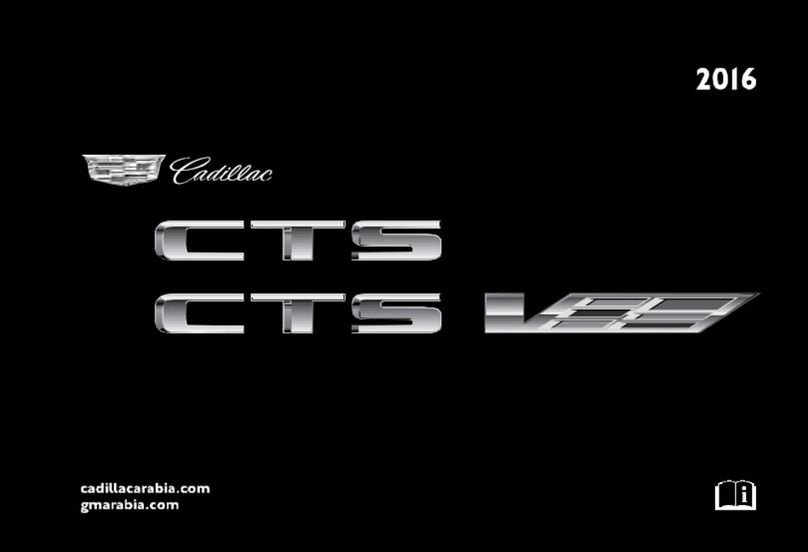Basic 700 User manual

1
7 WHEEL PNEUMATIC ROLLER
MODEL 700
O
OW
WN
NE
ER
RS
S
M
MA
AN
NU
UA
AL
L

2
TABLE OF CONTENTS
SECTION I. Safety Precautions
SECTION II. Prestart Checklist
SECTION III. Starting Procedure
SECTION IV. Stopping Procedure
SECTION V. Operation at jobsite
SECTION VI. Maintenance
SECTION VII. Limited Warranty
SECTION VIII. Parts List

3
SECTION I
SAFETY PRECAUTIONS
WARNING – LETHAL EXHAUST GAS! An engine discharges carbon
monoxide during operation, which may cause death if inhaled for even a
short period of time. Operate only where deadly exhaust can be safely
dissipated.
WARNING – DANGEROUS FUEL! Never add fuel to fuel tank while the
engine is operating, Stop engine and allow it to cool thoroughly to prevent
fuel from igniting on contact with hot parts.
WARNING – MOVING HOT PARTS! Careless operating of power
equipment creates hazards to life and limb. Never operate with safety
guards removed. Keep hands, feet, and clothing away from hot parts.
Remember that an engine gets hot while operating, and exhaust system
components get extremely hot. Never tamper with governor setting to gain
more power. The governor establishes safe operating limits. Over speed not
only shortens engine life but can be extremely hazardous. Keep people
away from the operating area and be especially watchful for children. Stop
the engine whenever you leave the machine. Do not allow it to idle
unattended.
WARNING – AVOID RUNAWAY! Always engage the parking brake
before dismounting the BASIC roller. When parking the machine overnight
always park on a level surface when possible and secure the tires with blocks
in the front and rear to prevent accidental rollaway. When it is not possible
to park on level ground, position the machine at right angles to the slope.
Make sure the machine is on a firm footing and that there is no danger of
sliding.
Never mount or dismount a machine that is moving. Maintain control of
your machine at all times.
Always operate your machine slowly until you are fully familiarized with its
operation.
Constantly check your work area for possible hazards.

4
SECTION II
PRESTART CHECKLIST
NOTE: To assure fluid level readings, be sure the machine is parked on a
level surface.
ü Inspect fuel level and replenish as necessary
ü Check engine oil level and replenish as necessary to the full mark
ü Check radiator coolant level and replenish as needed
ü Check battery cable connections and insure good contact is being made
ü Check air cleaner for cleanliness and insure that components are tight to
prevent intake of unfiltered air
ü Check front of radiator for debris and clean if necessary
ü Check hydraulic fluid level and replenish as necessary
ü Inspect engine fan, all belts and hoses and adjust or replace if necessary
ü Check cocoa mats for wear, and clean as needed
ü Check the sprinkler tank water level and fill if roller is to be used in
asphalt
ü Make a general inspection of the machine for loose bolts and/or
components

5
SECTION III
STARTING PROCEDURE
ü Engage parking brake
ü Place the directional/speed control lever in the “park” position
ü Set throttle control to idle position
ü Turn key switch to preheat position and hold for 10 to 15 seconds. If
restarting a warm engine, no preheating is required
ü Turn ignition key to “start” position and hold until engine starts. Release
key, it will automatically return to “run” position
ü Allow engine and hydraulic oil a few minutes to warm before beginning
operations
ü Make sure all personnel and objects are clear from the path of travel
ü Release parking brake
ü Move the directional control lever to the desired direction of travel
slowly
CAUTION: Never attempt to start the engine except from the operator’s station.
Never attempt to operate the controls except from the operator’s station.
Never mount or dismount a machine that is moving.

6
SECTION IV
STOPPING PRECEDURE
ü Slowly destroke speed control lever to the “park” position
ü Engage parking brake
ü Push engine throttle control to “idle” position
ü Turn ignition key to “off” position
ü Remove key
ü Place block in front and rear of wheels to prevent movement
ü Park on level ground whenever possible. When not possible, position the
machine at right angles to the slope. Make sure the machine is on a firm
footing and that there is no danger of sliding.
CAUTION: Never jump off of the machine.
Dismount slowly and carefully.

7
SECTION V
OPERATION AT THE JOBSITE
1. Follow the instructions in Sections II and III of these operating
instructions for prestart and starting procedures
2. Determine the amount of compaction desired and fill the front and
rear tires and ballast tank with water
3. Fill the steel sprinkler tank with water
4. Position the machine next to the asphalt mat at the desired starting
point
5. Lower the cocoa mats onto the tires
6. Before driving the roller onto the asphalt, turn the front and rear water
valves to the maximum open position and allow the water to
completely flood the tires
7. Set the engine throttle at desired speed
8. Slowly and steadily drive onto the asphalt
9. Begin rolling the outermost edge of the mat
10. Reduce the water sprinkling flow to the point that asphalt will not
stick to the tires
11. When the roller nears the end of its travel, slowly decelerate and come
to a smooth stop
12. Reverse the direction of travel by gradually moving the speed control
lever to reverse
13. Gradually turn the steering wheel as the machine moves, to avoid
leaving marks in the mat
14. As the machine reverses its direction of travel, steer it so that the
machine moves over one tire width per pass
15. Continue this method until an entire section of the mat has been
completed
16. Move on to the next section of asphalt and repeat steps 8 through 15
of the section

8
SECTION VI
MAINTENANCE
Regular and proper lubrication and maintenance is important to the safe and
reliable operation of all vehicles. The information outlined in this guide is
intended to assure continuing top performance of the BASIC 700 roller and
to prolong its effective operating life. Follow this guide and the other
maintenance information provided by component part manufacturers.
Recommended Lubricants:
Due to chemical differences in petroleum products, see the engine
maintenance and operators manual for recommended fuels and lubricants.
The following lubricants and fluids are the factory recommendations. Any
lubricants, fuels or fluids used which are not recommended here are used at
your own risk. The manufacturer assumes no responsibility for the result
due to the use of any lubricants, fuels or fluids which are not recommended.
Hydraulic Fluid:
A good quality brand of AW46 High Viscosity Index) Hydraulic Oil – Such
as Citgo AW46
Hydraulics Syste Filter Replace ent Ele ents:
Hydraulic tank return filter Part #FA10
Donaldson High Pressure Filter Part #P170311
Grease:
Quality, Multipurpose Lithium Grease #120
Gear Box Lubricant:
Citgo EP320 Lubricant
Engine Fuel and Oil:
Refer to engine maintenance and operator’s manual
Paint:
Quality grade acrylic enamel, Industrial Yellow

9
MAINTENANCE – cont.
Daily Maintenance and Inspections
1. Clean dirt, gravel, and debris from all moving parts on this machine.
This includes steering king pin, as well as and inspection of collected
material on and around the tires and wheels and between the tires and
gear boxes.
2. Grease the front steering pin, as well as the upper and lower
oscillation pins.
3. Grease the gear box oscillation located on the front and rear of each
gear box.
4. Service the engine according to the recommendations of the Engine’s
Daily Service Manual.
5. Check Hydraulic Fluid Level, Fuel Level, Oil Level, and Water Level.
6. Inspect and replace coco mat if necessary.
First 50 hours break in period)
1. Service the engine according to the recommendations of the Engine’s
Daily Service Manual.
2. Check the hydraulic fluid level and change hydraulic system filters.
Monthly or 150 hour Maintenance and Inspections
1. Service the engine according to the recommendations of the Engine’s
Daily Service Manual.
2. Check hydraulic fluid level and change hydraulic system filters.
3. Inspect the entire machine for loose bolts, leaking hoses, hose wear
metal fatigue, and loose belts.
4. Inspect the tires for cuts or chips on the rolling surface and check air
pressure.
5. Lubricate the forward and reverse linkage using WD40 or a similar type
aerosol lubricant.
Yearly or 400 hour Maintenance and Inspections
1. Check for wear of brass bushings in the front steering oscillation pins,
the steering king pin and the gear box oscillation pins. Replace if
necessary.
2. Grease all 4 axle bearings. This is done only once each year and this
requires only a small amount of grease. Too much grease may cause
seal damage and this will allow dirt to enter the bearing and destroy
it.) Two shots of grease per bearing is sufficient.
3. Inspect and adjust chain tension in gear boxes.

10
Chain should be loose enough to To adjust the drive chain, loosen
move ½”-3/4” when pressed with the four bolts holding the motor
one finger. adjuster plate to the gear box.
Note: Do not over tighten chain.) Adjust the chain tension with the
This will damage the hydraulic adjuster bolt welded to the end of
motor shaft seal. the adjuster plate.
Front and back)
Loosen
ADJUST
GREASE
GREAS
E
GREASE
GREASE
ONCE YEARLY
GREASE

11
SECTION VII
LIMITED WARRANTY
There are no warranties, expressed or implied, made by the manufacturer on new
equipment except the manufacturer’s warranty against defects in material and
workmanship set out below.
Shannon Chastain Enterprises, herein referred to as “S.C.E.” as manufacturer of BASIC
equipment, warrants to the purchaser of new S.C.E. Equipment that this equipment is, at
time of delivery to such purchaser, free from defects in material or workmanship if used
and serviced according to the manufacturer.
S.C.E.’s obligation under this warranty is limited to repairing, or at its option replacing
any part manufactured by S.C.E., that is returned within 1,000 HOURS OF USE or
THREE HUNDRED SIXTY FIVE DAYS 365) DAYS following the date on which the
equipment is first used which ever comes first), that is defective in S.C.E.’s judgement.
S.C.E. in no way warrants batteries, engines and other accessories and attachments,
which are warranted separately by their manufacturers. S.C.E. will not be held
responsible for any labor costs, freight, or travel times accumulated during repairs made
outside of our facilities.
The provisions of this warranty shall not apply to any S.C.E. equipment which in the
judgement of S.C.E., has been subject to misuse or negligent operation. S.C.E. shall not
be liable for any delay in the performance of this warranty due to causes beyond its
control. S.C.E. reserves the right to change specifications or discontinue models without
notice.
S.C.E. shall not be liable for special, indirect, incidental, or consequential damages of any
kind.
THIS WARRANT IS EXPRESSLY IN LIEU OF ANY OTHER
WARRANTIES, EXPRESSED OR IMPLIED, INCLUDING ANY
IMPLIED WARRANTY OF MERCHANTABILITY OF FITNESS FOR A
PARTICULAR PURPOSE AND OF ANY OTHER OBLIGATIONS OR
LIABILITY ON THE PART OF THE MANUFACTURER, AND S.C.E.
NEITHER ASSUMES NOR AUTHORIZES ANY OTHER PERSON TO
ASSUME FOR IT ANY LIABILITY IN CONNECTION WITH SUCH
EQUIPMENT.
Shannon Chastain Enterprises
Eatonton, GA 31024
Table of contents
